This blog was written by Dani Southard, a partner to the Resort and Northern Rockies Program Manager for the National Forest Foundation
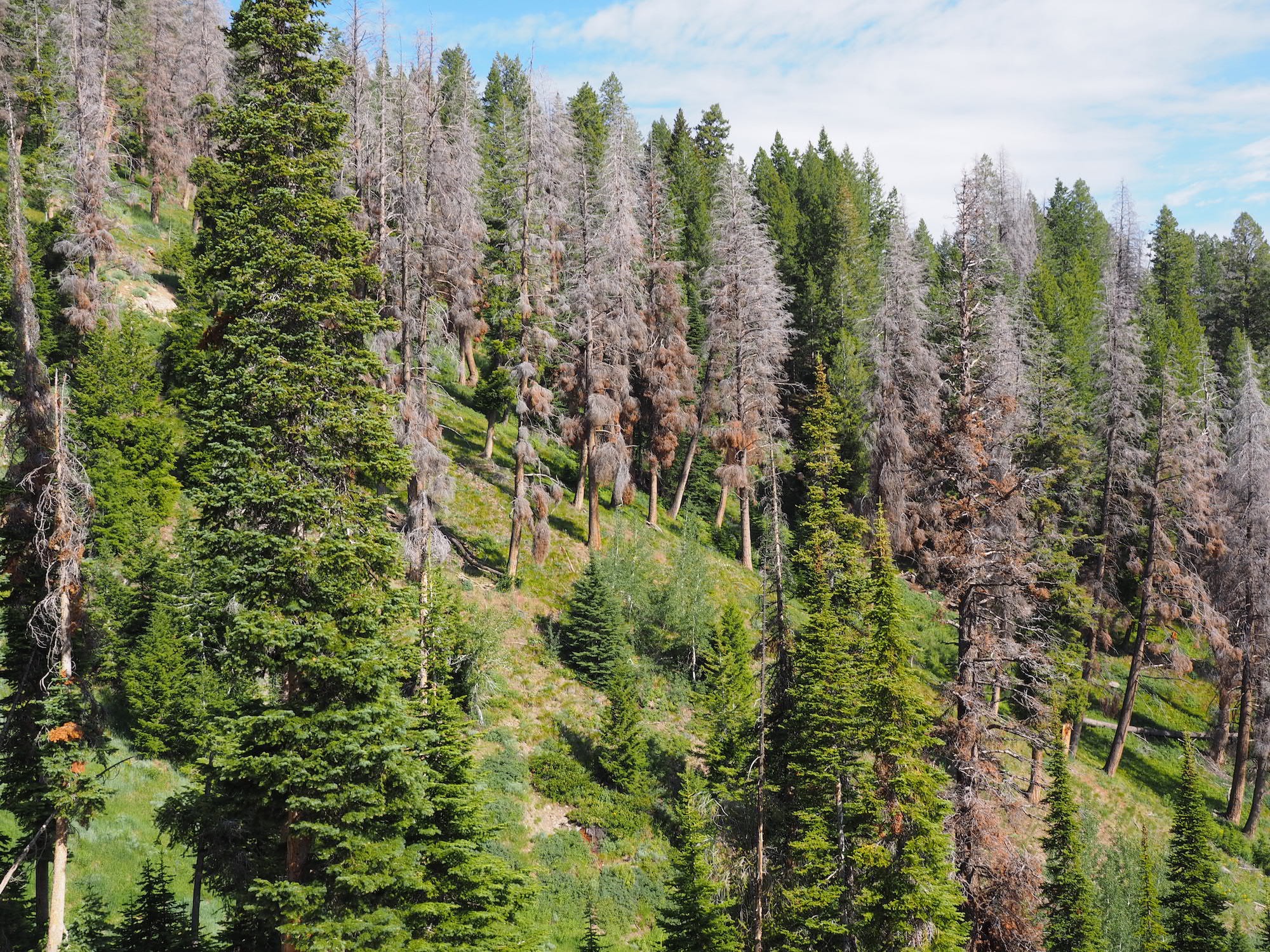
Across our National Forests, there are thousands of species of native insects and forest pathogens that, in most circumstances, are considered part of a diverse and healthy forest ecosystem. Under certain environmental conditions, such as drought or periods of unusually warm temperatures, populations of insects or pathogens can skyrocket. If this happens year after year, significant damage or death of the forest occurs.
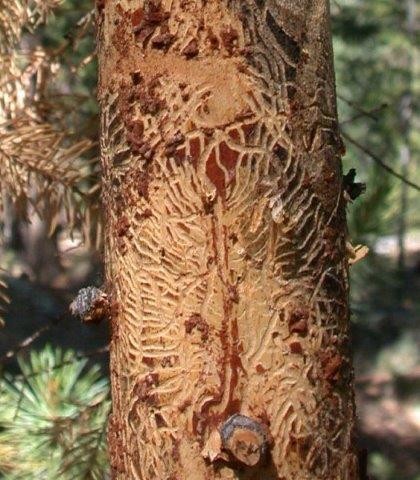
Over the last 10-20 years, forests all around the Wood River Valley have been significantly impacted by insect and disease issues, specifically Douglas fir bark beetles, dwarf mistletoe, pine beetle, and white pine blister rust. 2007 brought the Castle Rock fire followed by the Beaver Creek fire in 2013. While fire is a natural part of a forest system, these fires “wrapped” Bald Mountain, creating an island of green surrounded by a significantly burned forest. The result has been an increase in bark beetle infestation in the Bald Mountain area. Dwarf mistletoe has also taken hold, further weakening the ability of the trees on the mountain to withstand beetle infestation.
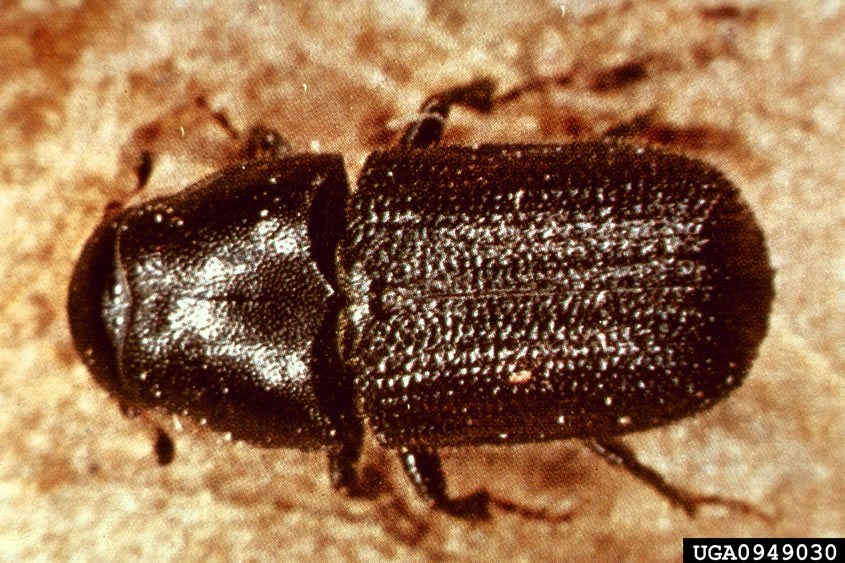
In 2019 a community effort convened and facilitated by the National Forest Foundation and aptly named the Bald Mountain workgroup, came together to address concerns around forest health, fire risk, and insect outbreak issues on and around Bald Mountain (Baldy). The group acknowledges that addressing these issues is critical for protecting the area’s forests, local economy, and community viewshed. To date, more than 60 individuals and organizations have engaged through the workgroup collectively contributing more than 500 hours towards project planning and volunteerism.
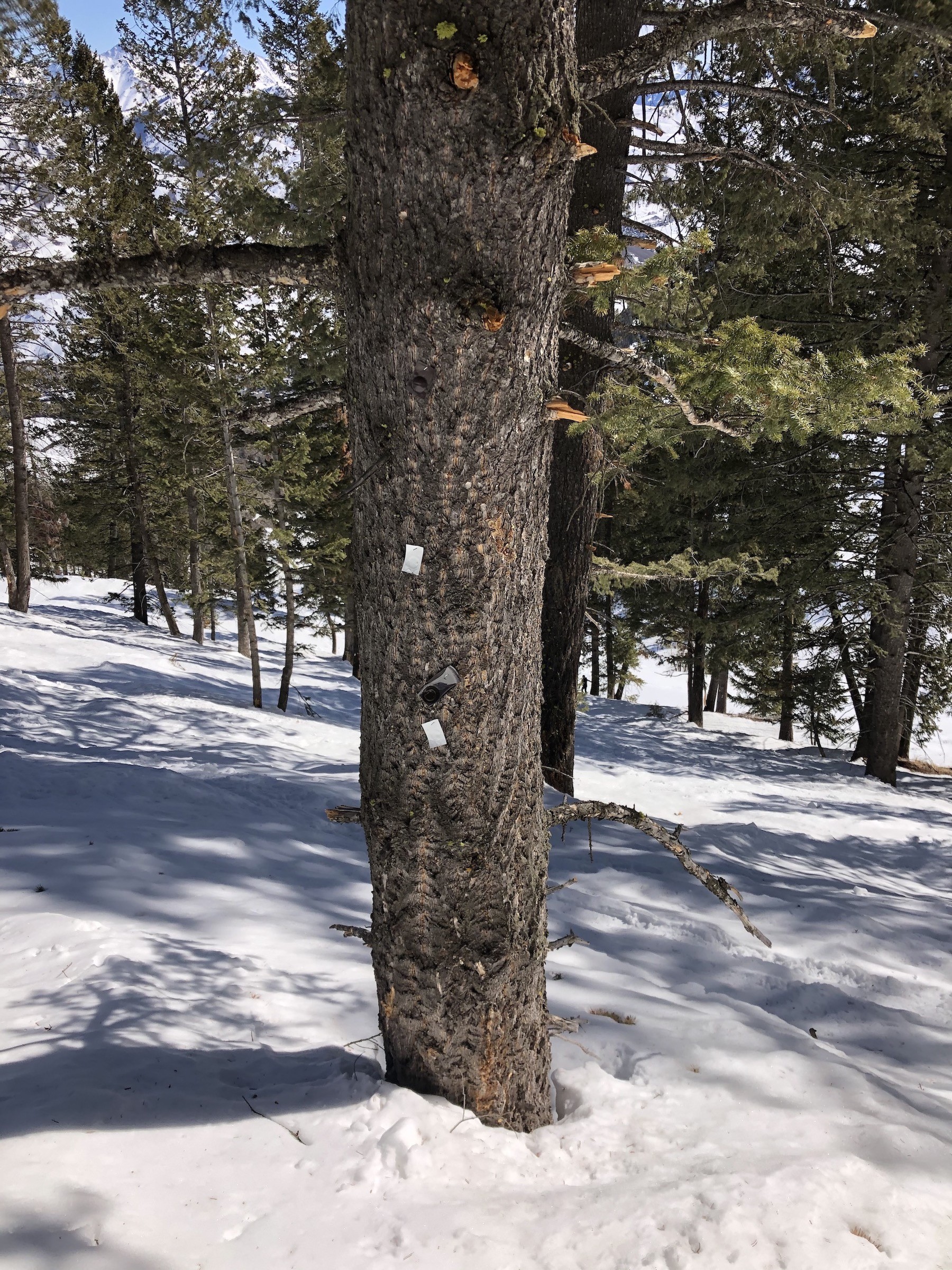
Alongside Sun Valley Company’s contributions to forest treatments on Baldy, the National Forest Foundation has been able to raise and contribute private funds and organize volunteer efforts to support tree planting and bark beetle deterrence. This past winter, students and community members gathered on skis to place MCH packets throughout Baldy’s Forests (which deter Douglas fir bark beetles from attacking the trees). In 2020, Sun Valley Company and the Forest Service worked with the National Forest Foundation to supply two large truckloads of logs from Bald Mountain’s Restoration effort to the Shoshone Paiute Tribe at the Duck Valley Reservation. These logs were split into firewood by the Tribe and distributed to the homes of elderly members. This wood provided home heat for more than 70 homes through the winter months.
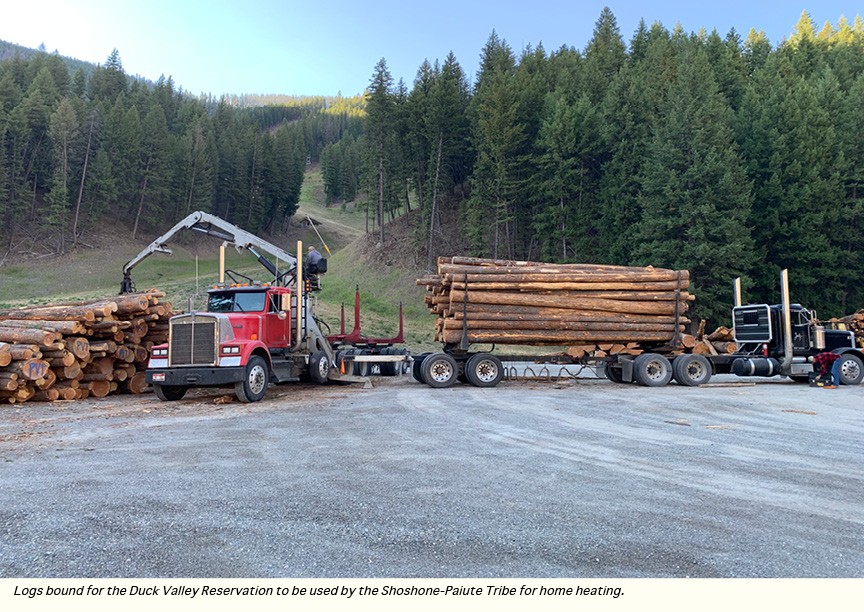
This summer, work on Baldy will be in full swing, with dead and downed trees being removed from approximately 30 acres of treatment units on the River Run side of the mountain. This work, spearheaded by the Forest Service, Sun Valley Company, the Bureau of Land Management, and the Bald Mountain workgroup, is critical for the future of Bald Mountain’s forests. Collectively, we will continue to work towards strategies and funding solutions to keep Bald Mountain green and healthy long into the future.
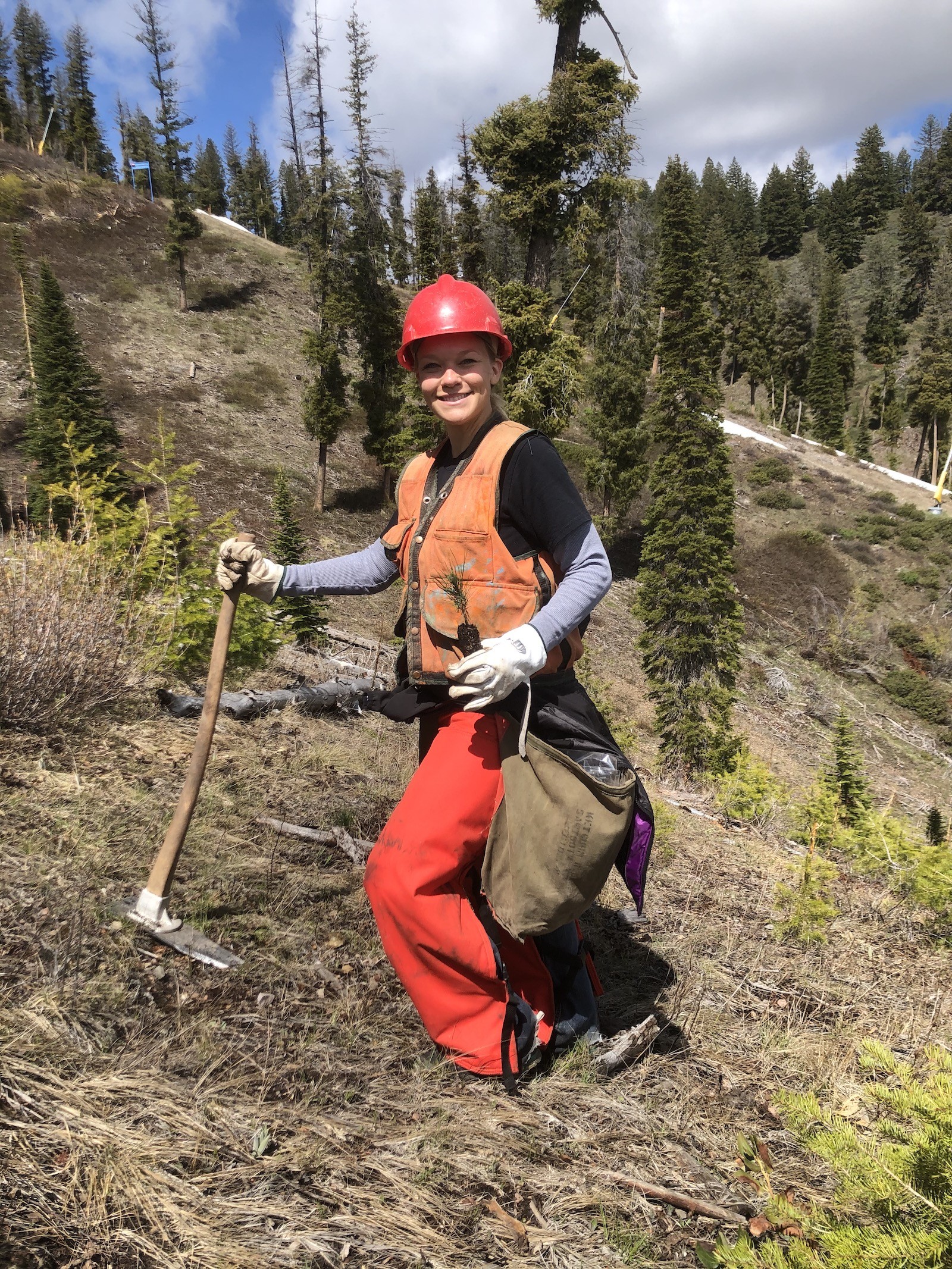
The treatments will begin July 7 and affect some of our favorite hiking and biking trails. To stay up to date on trail openings and closures, please download our app and/or stay up to date on the Trail Report.